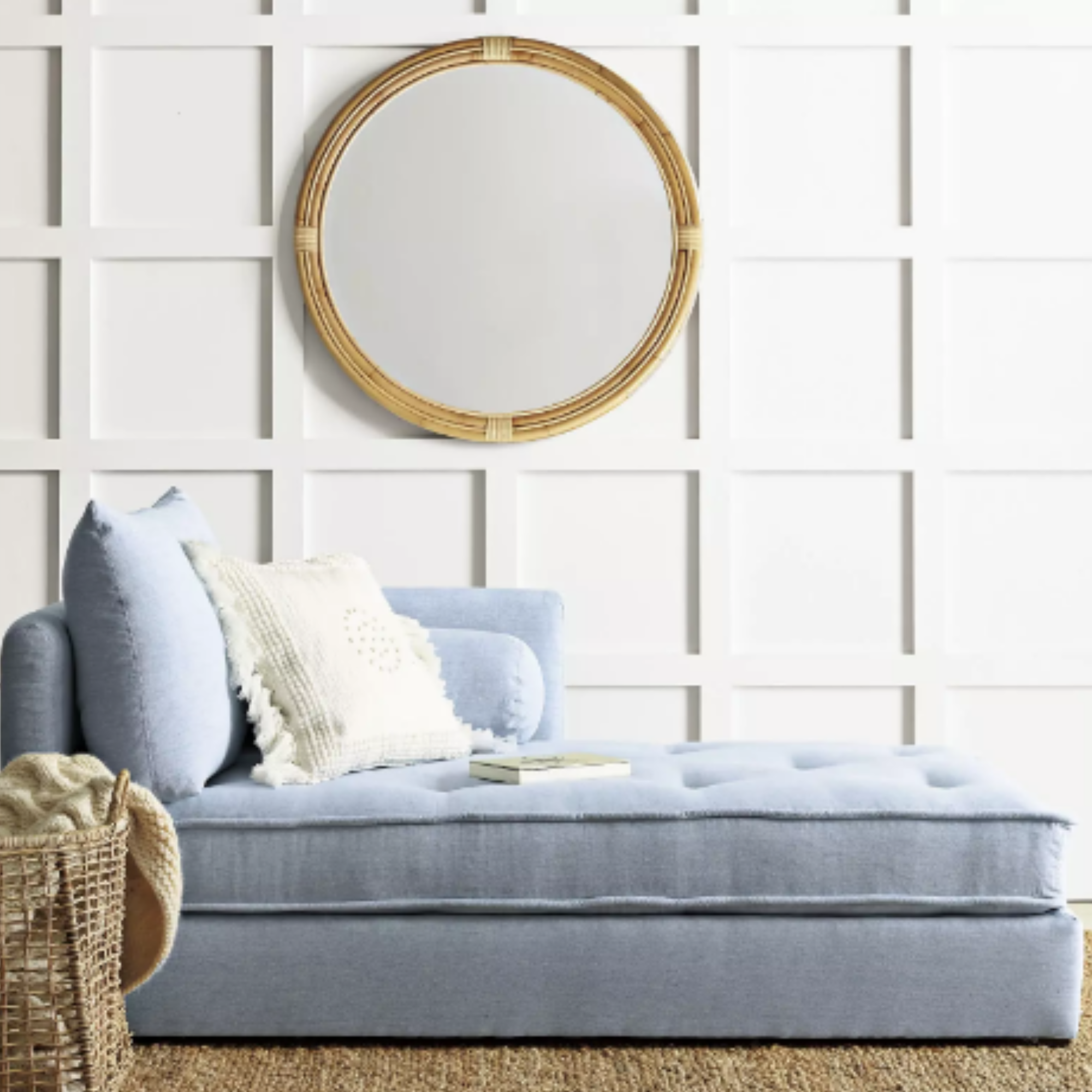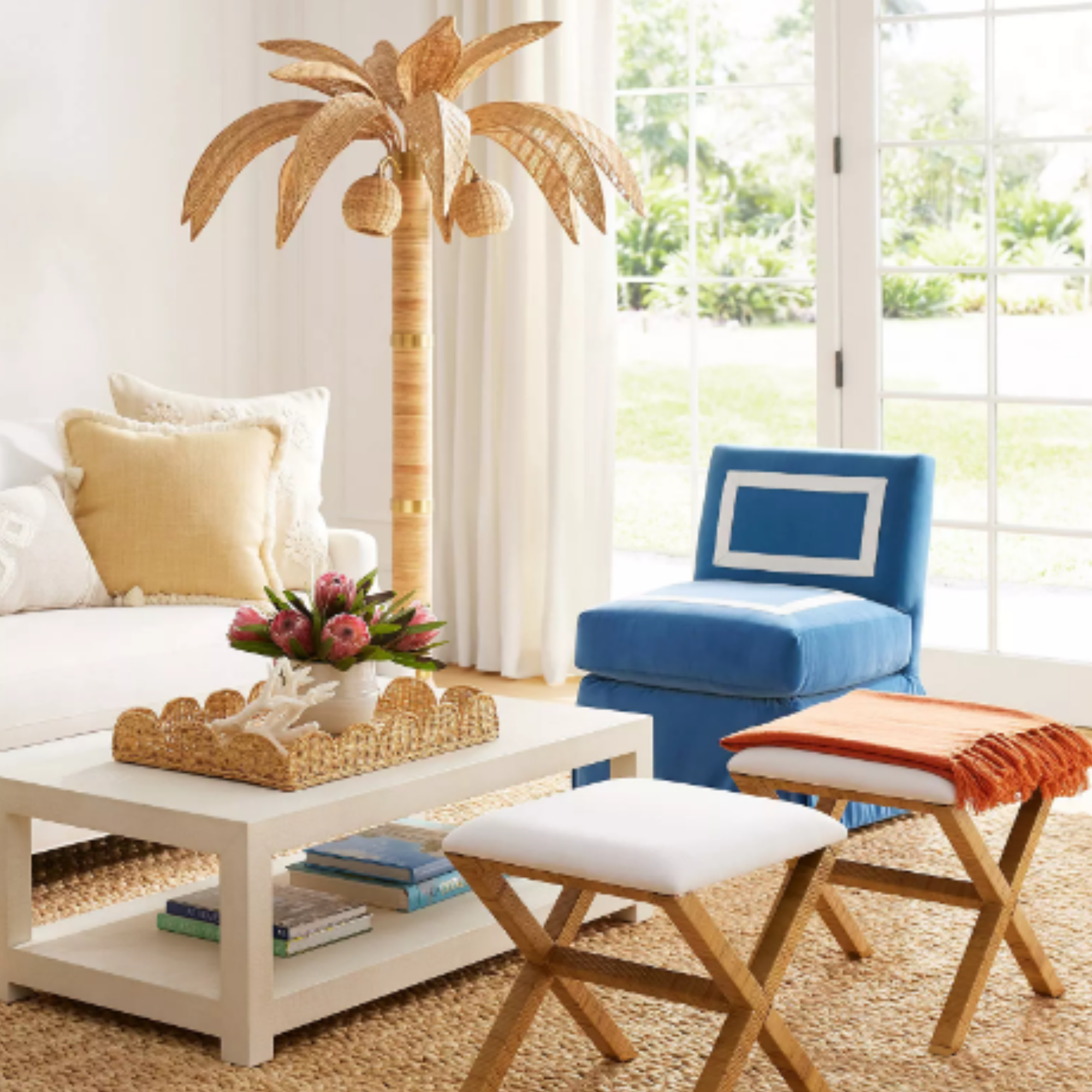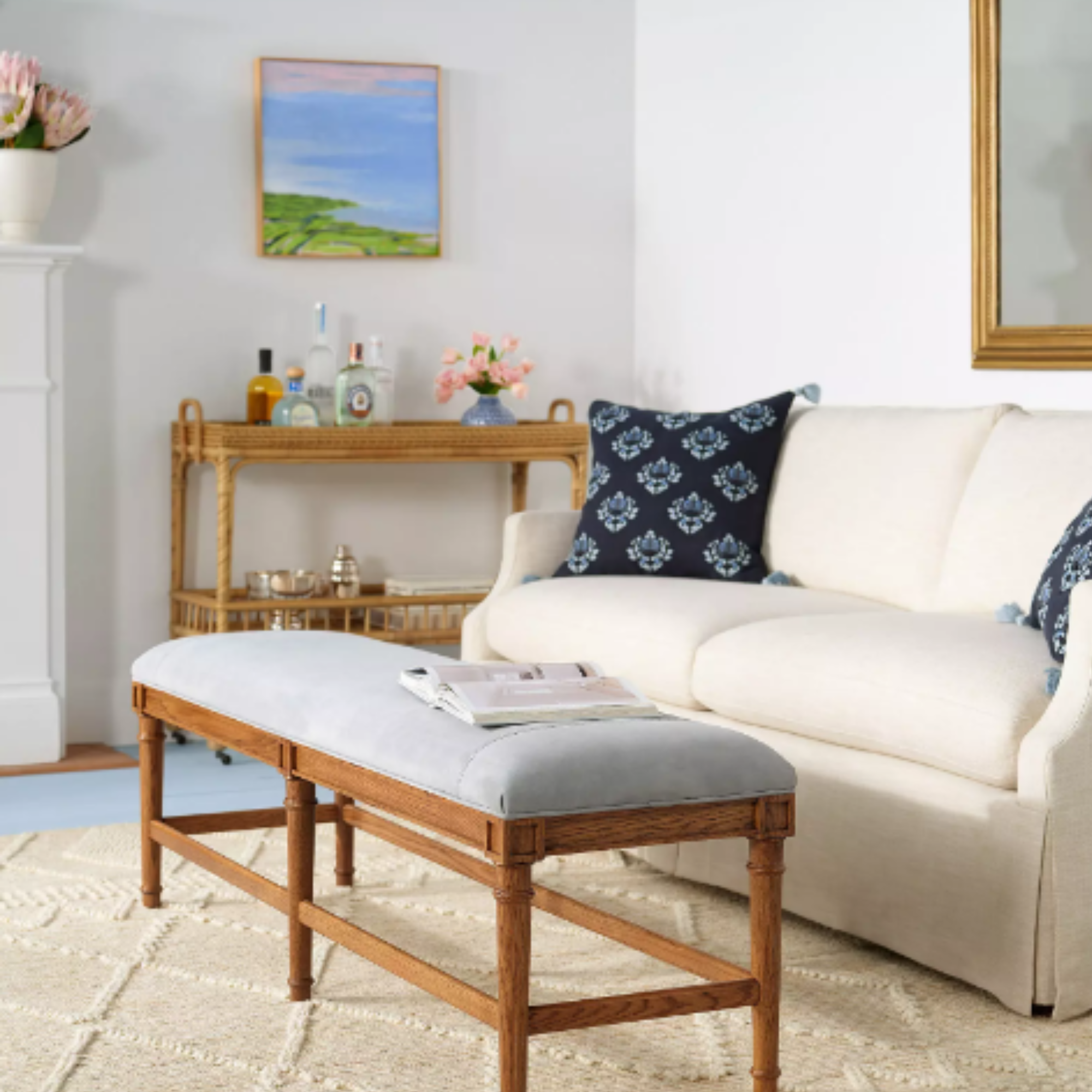This is how designer Marie Flanigan mixes and matches living room furniture – the key is versatility
Arranging living room furniture isn't as simple as it seems. This is how interior designer Marie Flanigan finds the perfect combinations
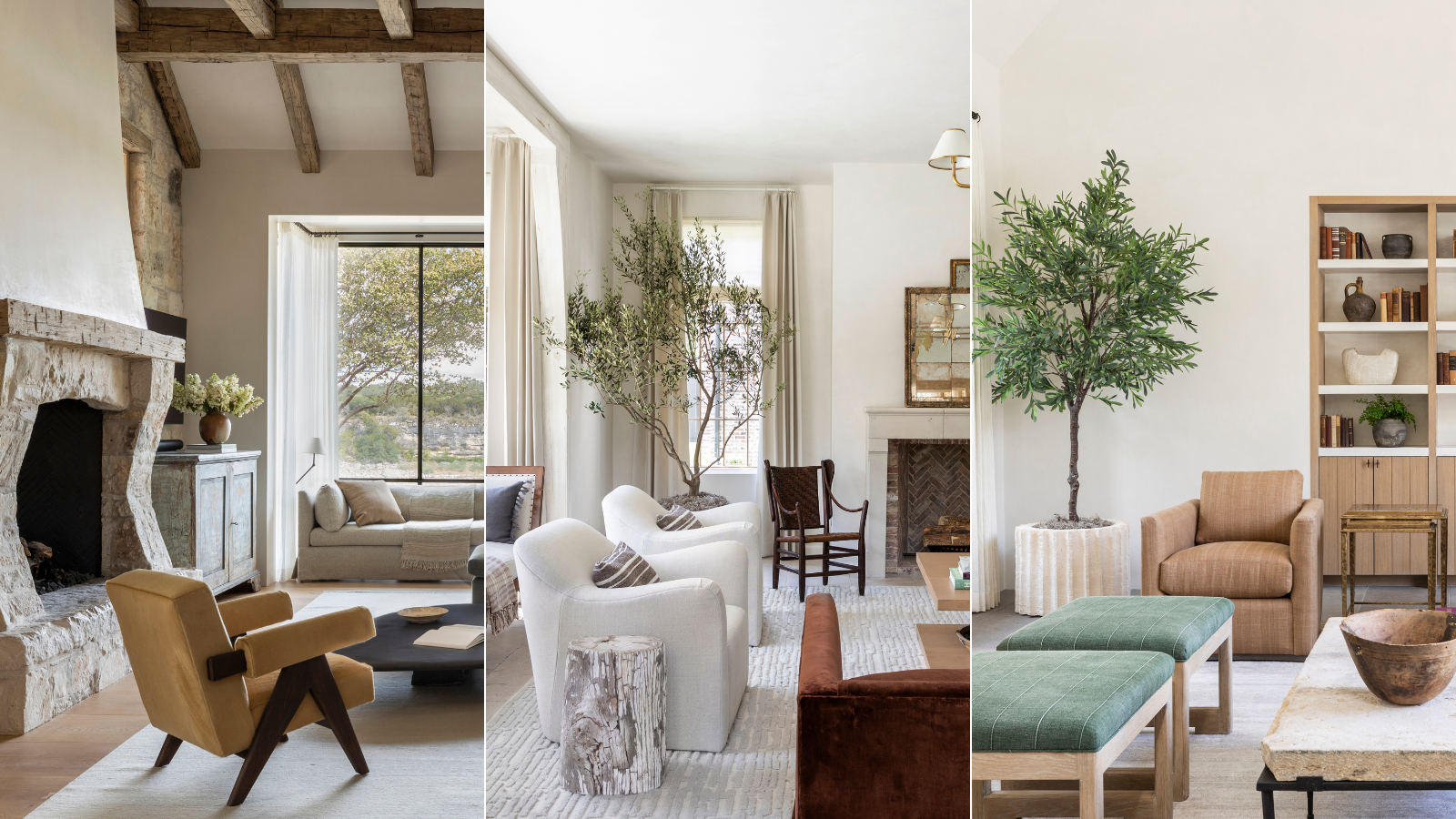

Styling a sophisticated living room isn't as simple as investing in a matching sofa and armchair set – quite a bit of thought goes into creating a cohesive space. But knowing how to choose furniture and pair pieces together can prove quite difficult. There's a lot to keep in mind, and the seemingly endless list of furniture styles on the market can make narrowing down the list seem impossible.
Luckily, Marie Flanigan – interior designer and founder of Marie Flanigan Interiors – just shared her top three tips for mixing and matching living room furniture, and the list offers a lot of clarity. This is what Marie recommends for crafting a comfortable and upscale living room decor scheme.
A post shared by Marie Flanigan (@marieflanigan)
A photo posted by on
How to mix and match seating like the pros
'Elevate your space with a carefully curated style by blending a mix of seating options. Play with tones, scale, and versatility,' the video reads. With color, material, size and shape to keep in mind, selecting living room furniture for your space can start to feel overwhelming. This is how Marie makes seating decisions, and how you can bring a professional's eye into your own home design.
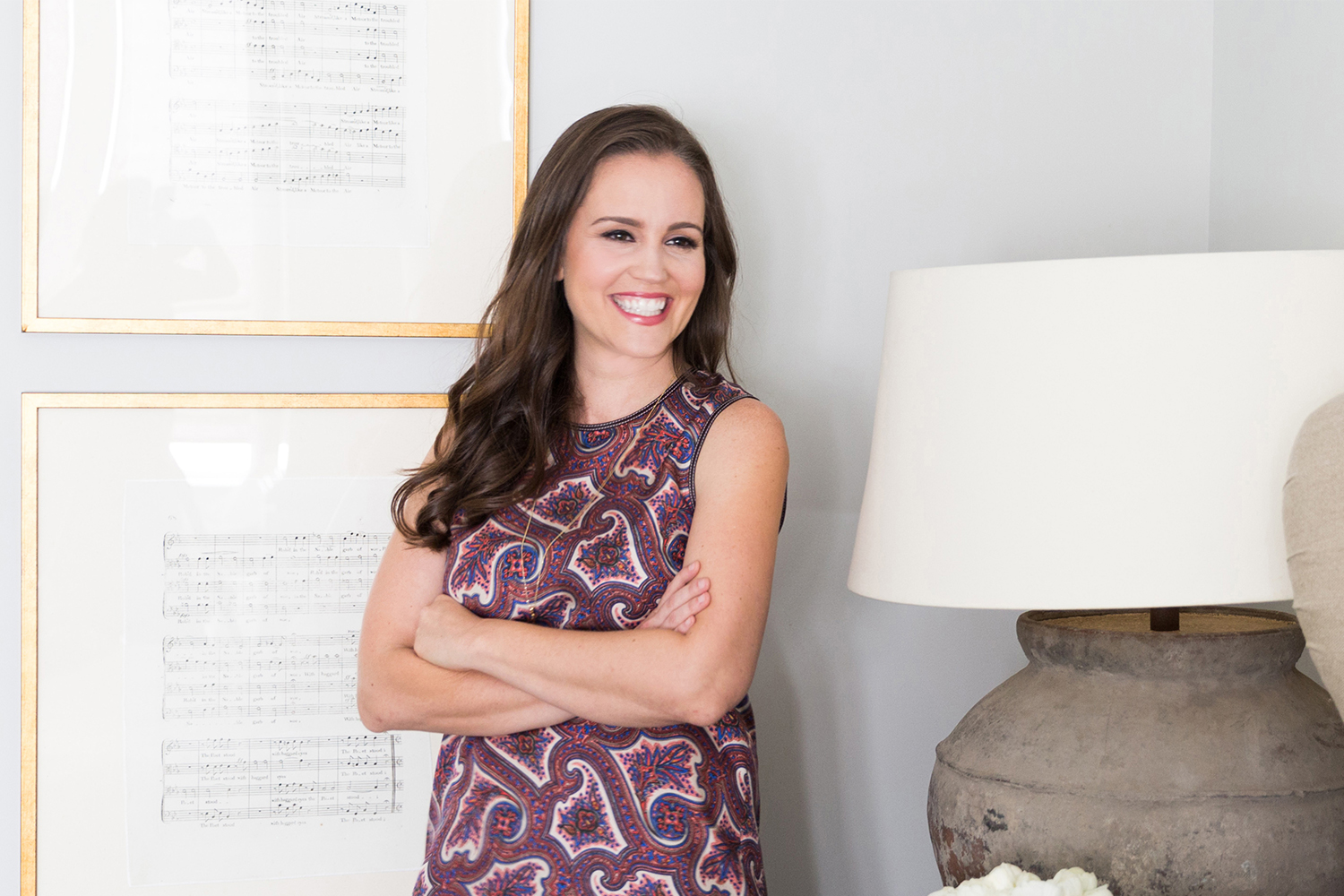
Marie Flanigan is an award-winning interior designer whose passion and achievements in design have positioned her as one of the nation’s best. She is classically trained and practiced architect, and her trademark style is evident through the sophisticated use of color, texture, and light. Every home she designs receives her personal signature of timeless elegance and innovative simplicity.
1. Create contrast between tones

Marie's first tip has to do with the living room's color scheme – she suggests striking a balance between warm and cool tones to achieve 'a curated look.' By mixing shades with contrasting undertones, your design scheme will look elevated in an instant.
'Homes innately need to feel warm and inviting, but you can still use cool tones like blues, greys and blushes. However, cooler colors still need to feel saturated to ensure the room does not read sterile,' Marie tells Homes & Gardens.
When selecting colors for a seating arrangement, Marie says she often opts for a cool-toned gray sofa. She then accents with warm whites and golds for a cohesive, contrasting look. A 'deep russet or copper' sofa paired with light whites also does the trick, she says.
'When looking at a color palette, it’s important to flesh out all colors of both hard and soft finishes. I typically opt for a nature-inspired approach to color palettes, but love to include muted gem tones,' says Marie.
Sign up to the Homes & Gardens newsletter
Design expertise in your inbox – from inspiring decorating ideas and beautiful celebrity homes to practical gardening advice and shopping round-ups.
2. Play with scale and form
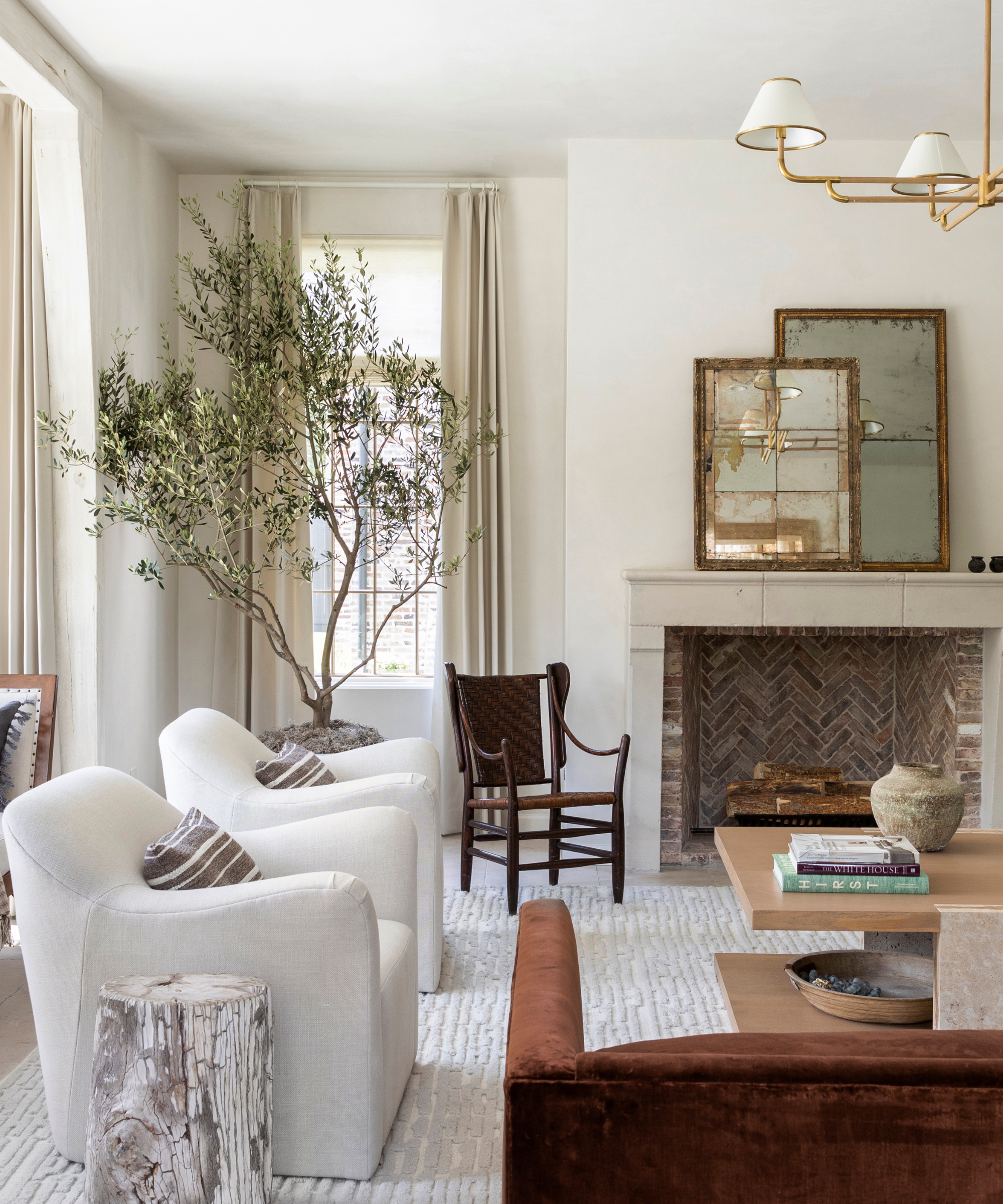
Aside from color, using different textures and shapes in your furniture arrangement makes for an eye-catching vignette. Marie suggests pairing an upholstered chair with a woven chair 'for an inviting and striking composition.'
The options here are endless, and you have freedom to customize the look to your own design style. Contrasting luscious and soft with earthy and organic makes for an elevated design that will practically pull guests in to have a seat.
'Texture is a large part of how we interpret a space as welcoming. This is especially important when using cooler tones. I love a beautiful velvet or chenille sofa and mixing it with a light linen or even a boucle for accompanying armchairs,' says Marie.
3. Get creative with seating options
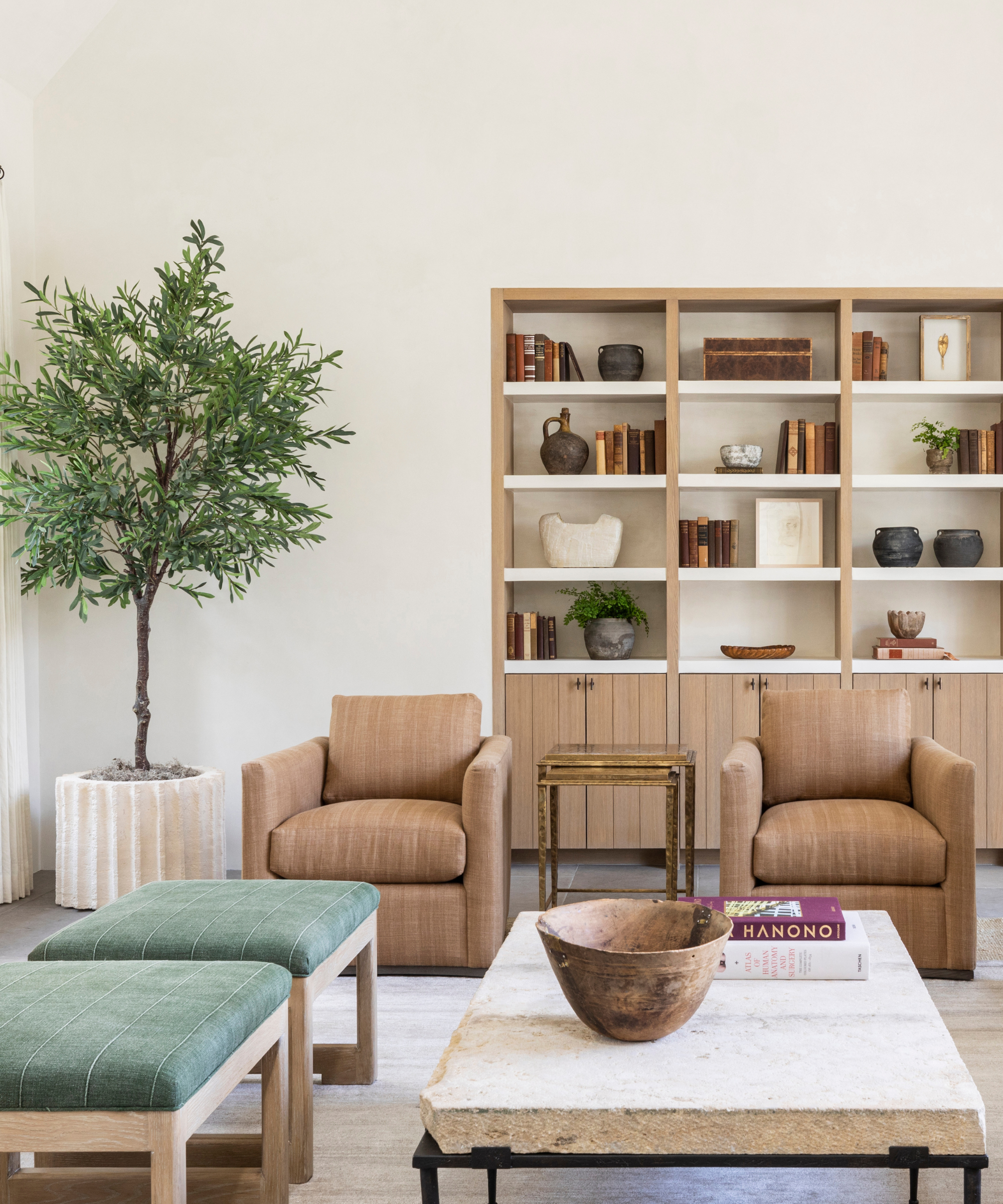
Seating choices don't just end at sofas and armchairs, and Marie encourages the use of additional, versatile seating for a living room that's perfect for any crowd.
'Introduce the versatility of benches or ottomans, offering flexible seating for intimate gatherings,' the video reads.
Bringing a bench or ottoman into the room allows for extra seating when the crowd gets large, or a plush footrest when you're on your own – either way, nobody's left uncomfortable. Marie says that stools are another classic choice that allow your space to adapt with changing occasions.
'Stools are wonderful because you can move them easily, and they also look beautiful in front of a fireplace,' she says.
At the end of the day, mixing and matching furniture all comes down to variety and versatility. Get creative with your pairings, and express your personality through the furniture you choose – with color, texture, and additional seating in mind, your living room is one step away from styling success.
'Make sure to mix and match your seating styles. I love when seating looks collected, as opposed to a matching set. Mix an antique side chair with a sleek sofa silhouette,' says Marie

Abby was the Interior Design News Editor at Homes & Gardens and is now studying for her Master's degree in Journalism at City University, London. Prior to joining our team, she worked with Better Homes & Gardens, where she wrote and edited content about home decor, gardening tips, food news, and more. She studied Journalism and English Literature at New York University and moved to London to pursue her love of writing in 2023.
-
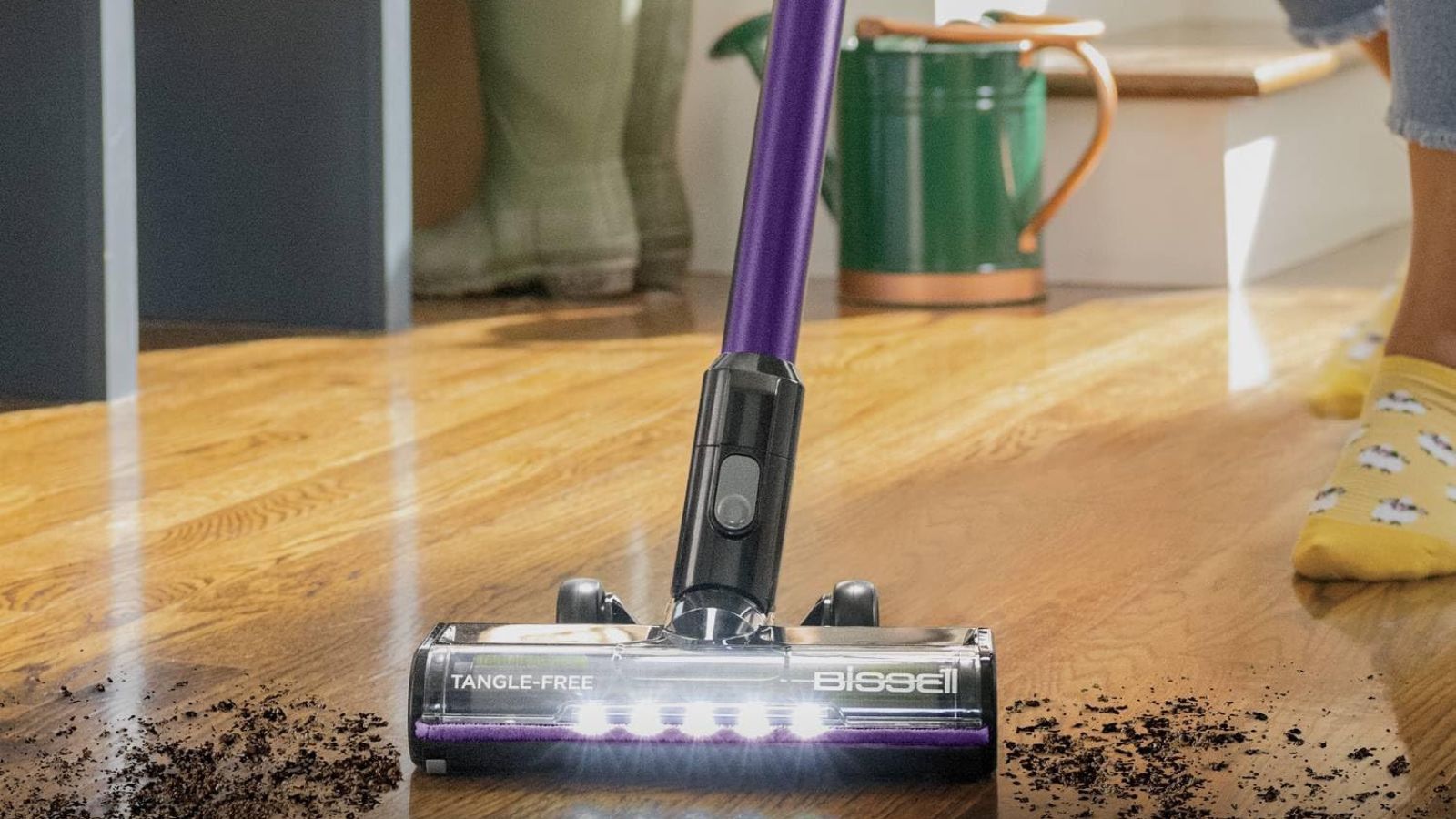 Bissell CleanView XR Pet 300W Stick cordless vacuum review – it's a great budget vacuum, but by no means perfect
Bissell CleanView XR Pet 300W Stick cordless vacuum review – it's a great budget vacuum, but by no means perfectLow price point, but with the cleaning performance to match it
By Camryn Rabideau
-
 Kevin Costner uses the 'ultimate color choice for interiors' in his kitchen – it masters a top 2025 trend that's 'guided by the calm of nature'
Kevin Costner uses the 'ultimate color choice for interiors' in his kitchen – it masters a top 2025 trend that's 'guided by the calm of nature'The Yellowstone actor embraces a subtle yet soothing trend that's influencing how we decorate this year, but it will look just as perfect in 100 years
By Megan Slack
